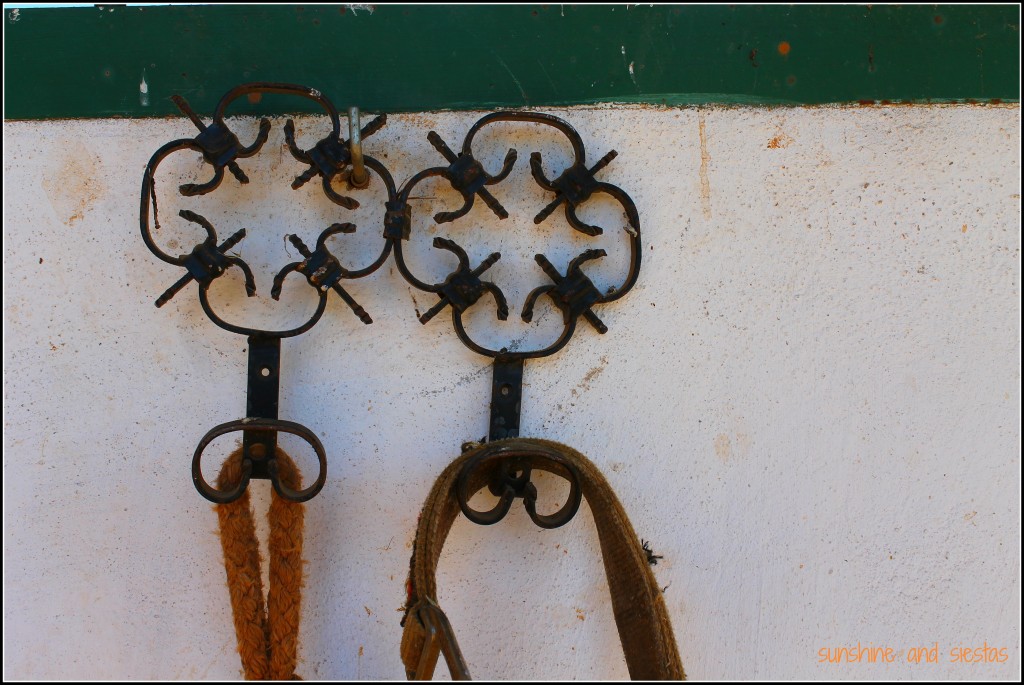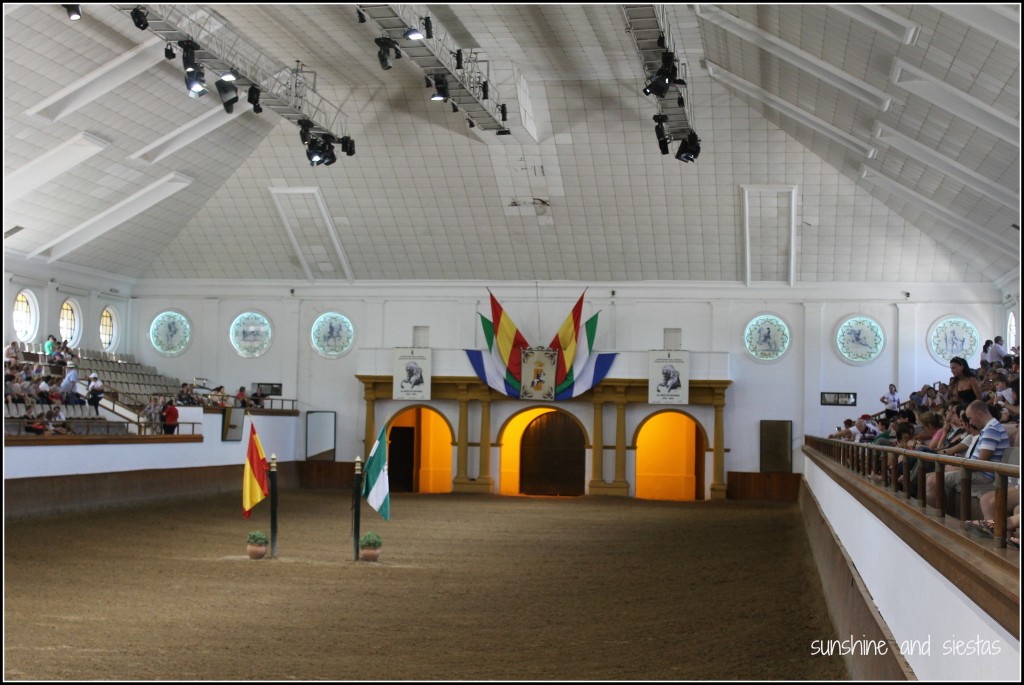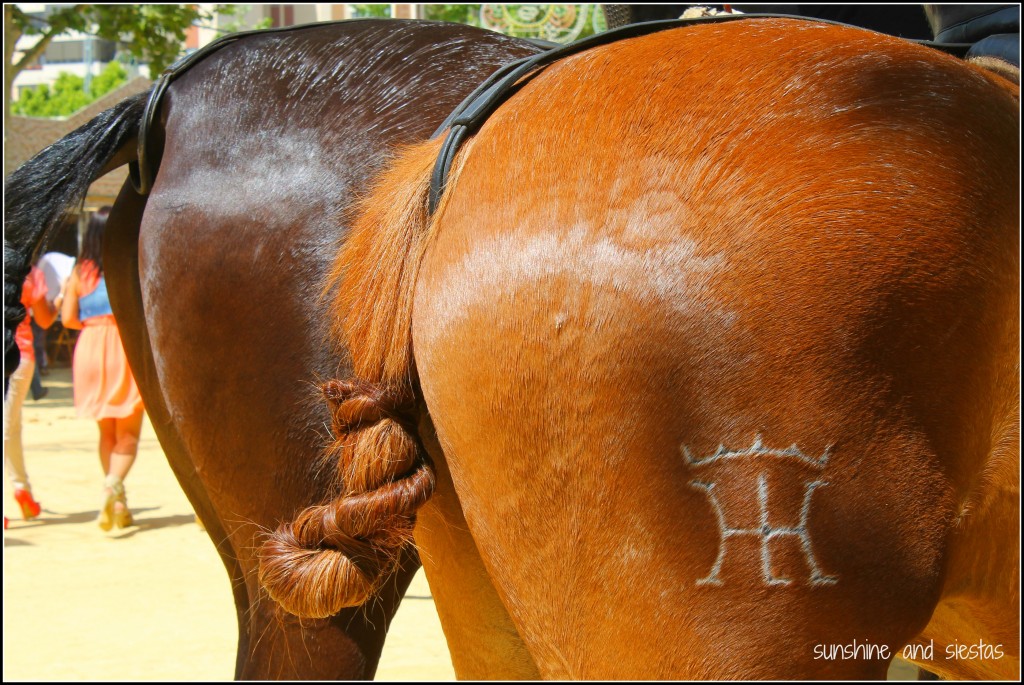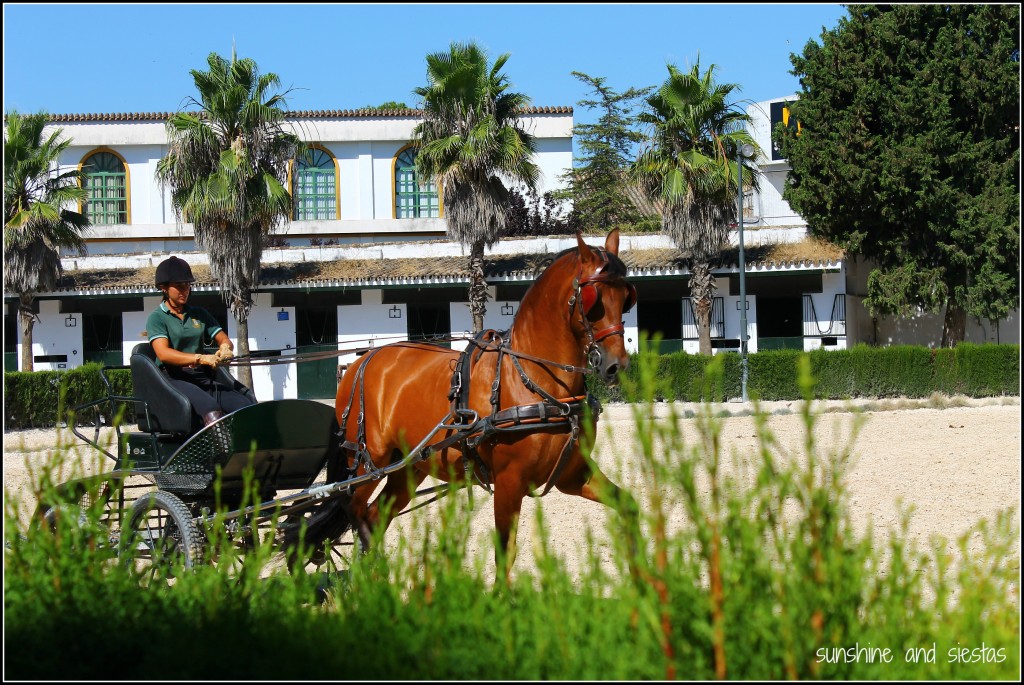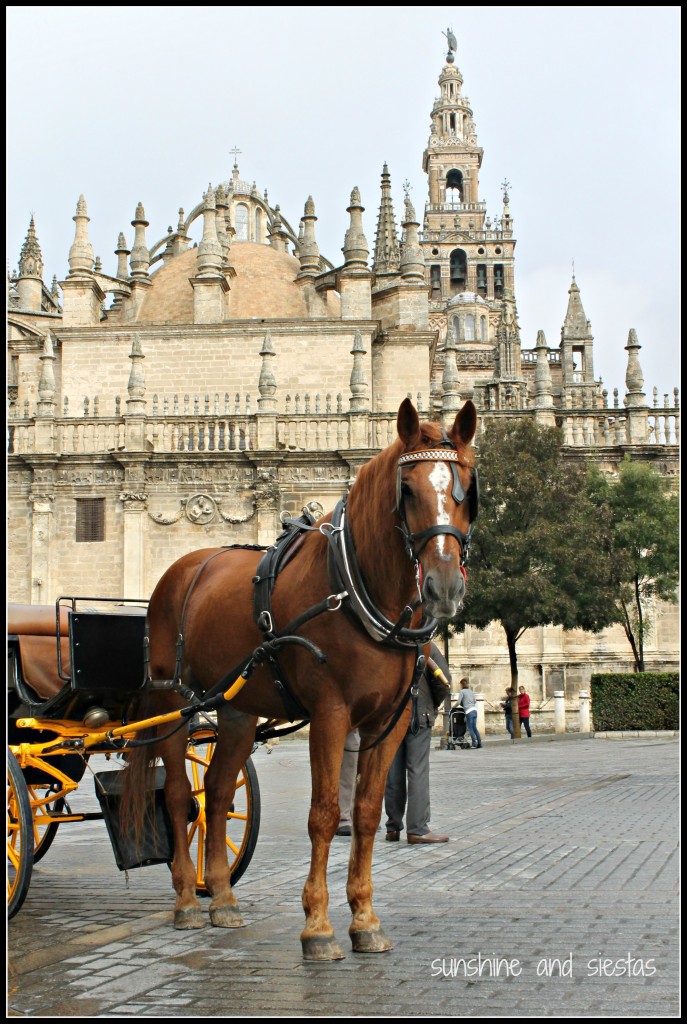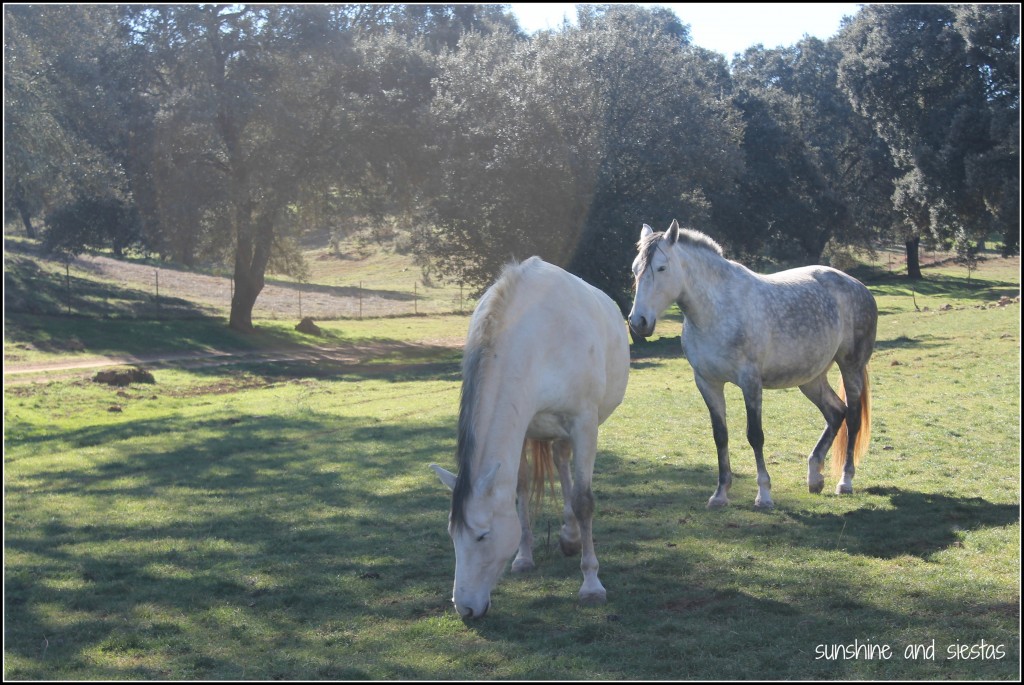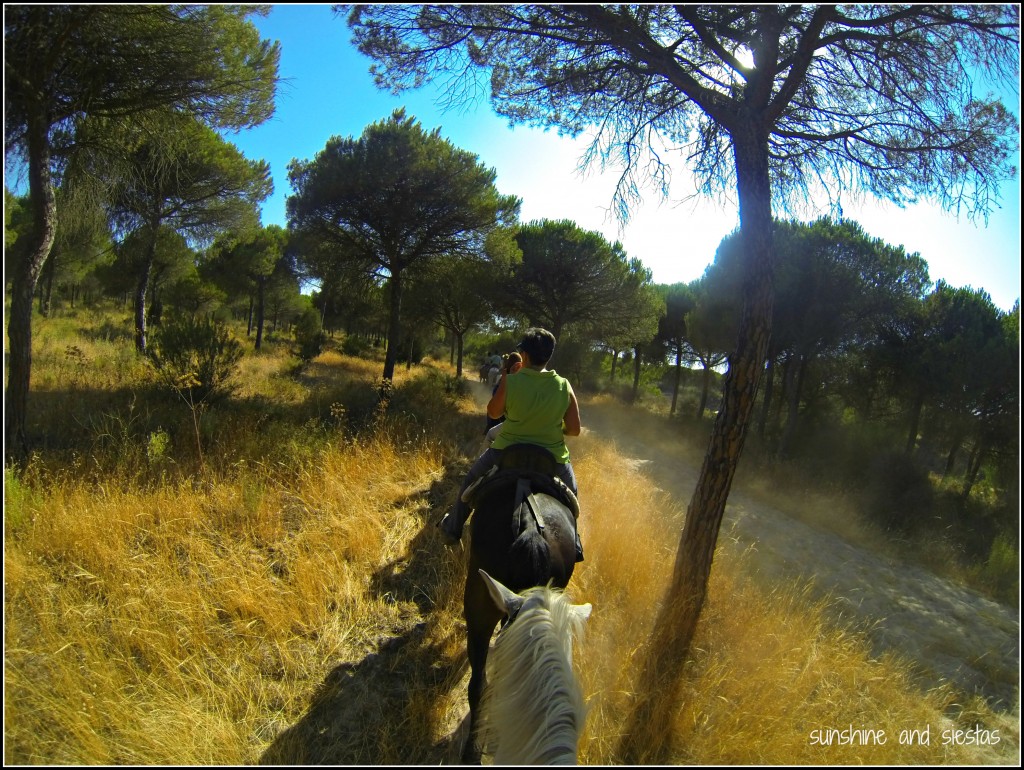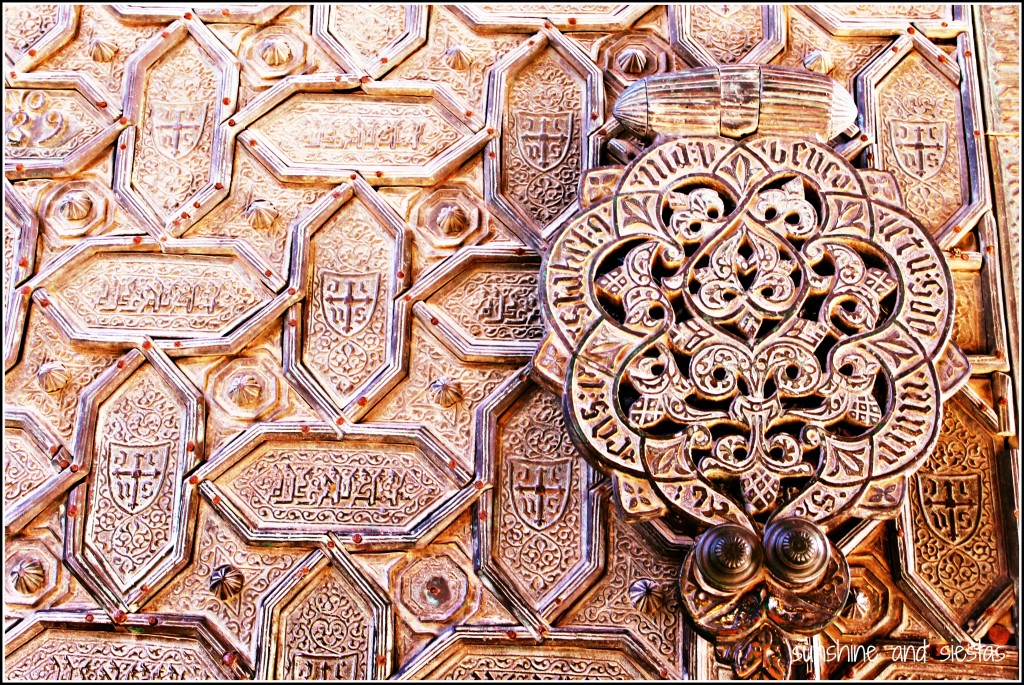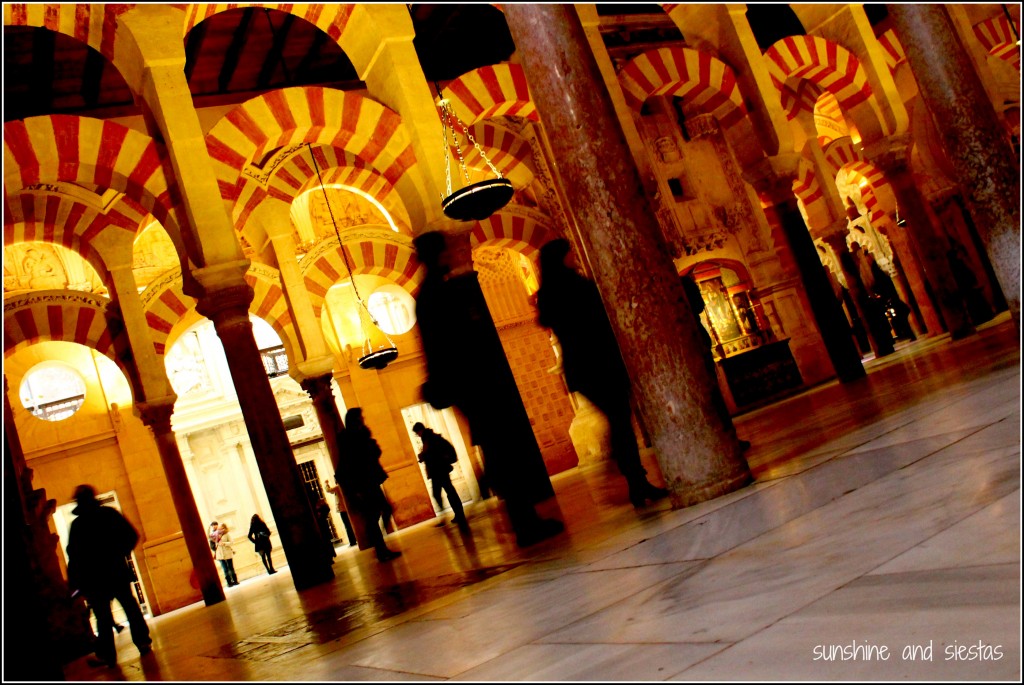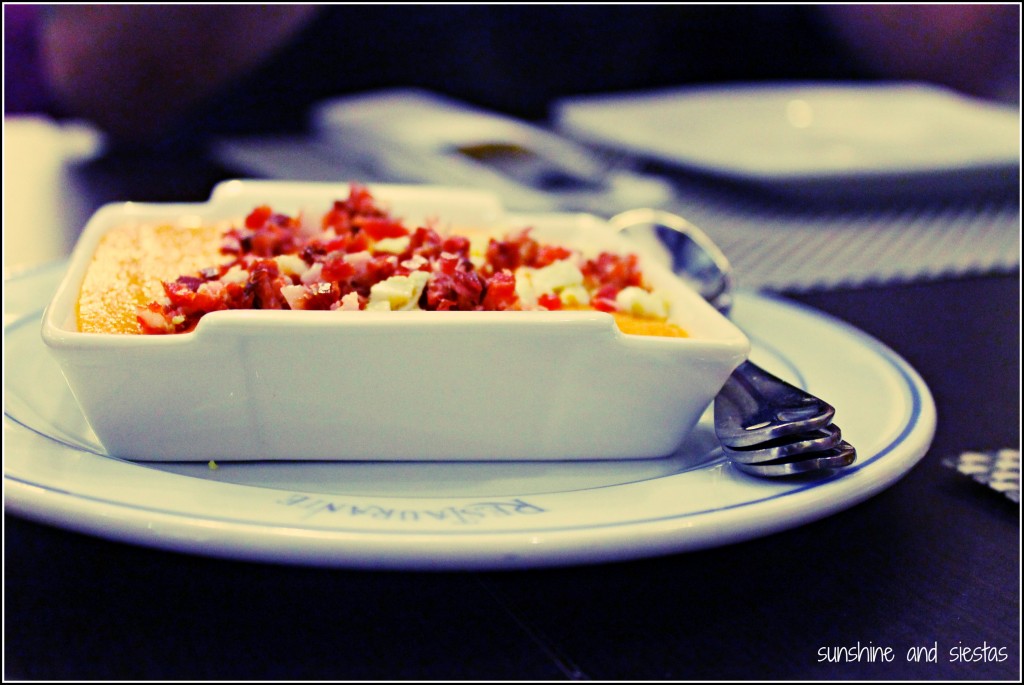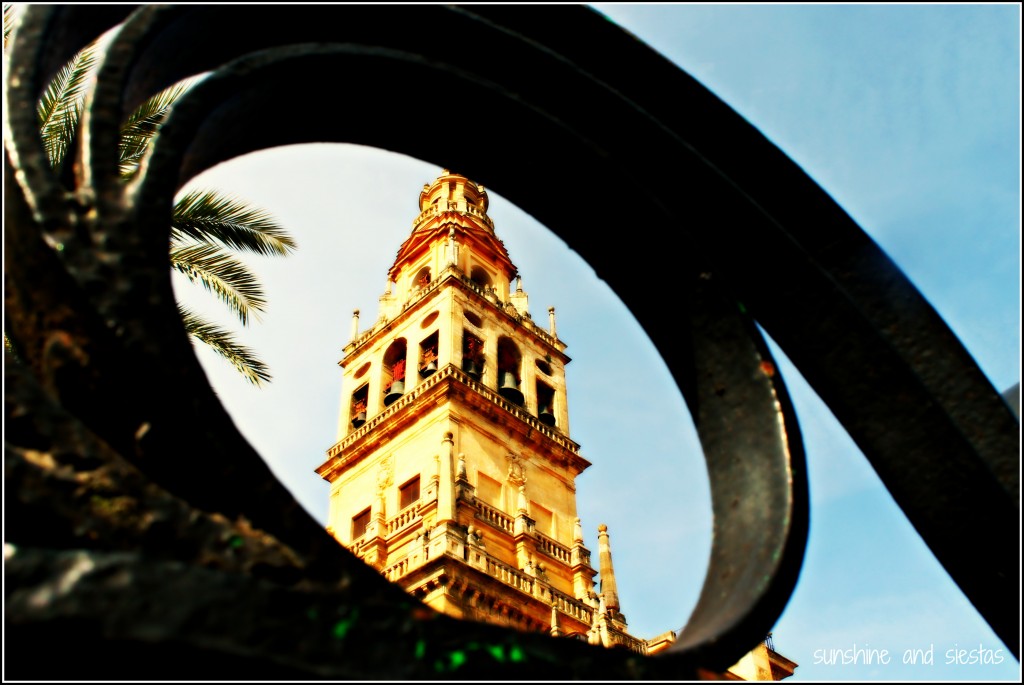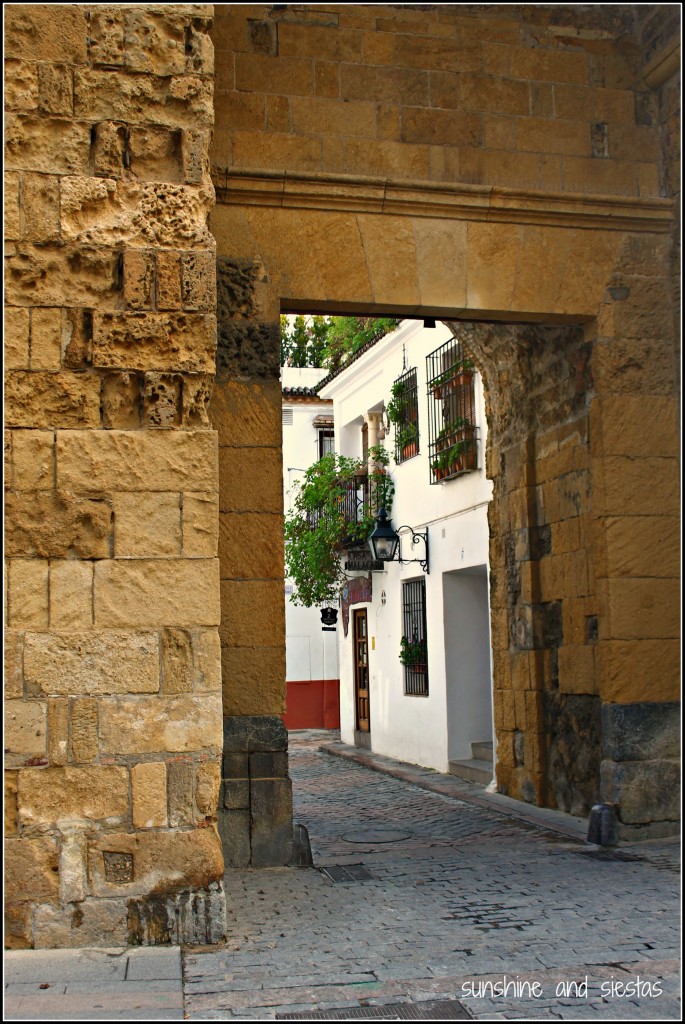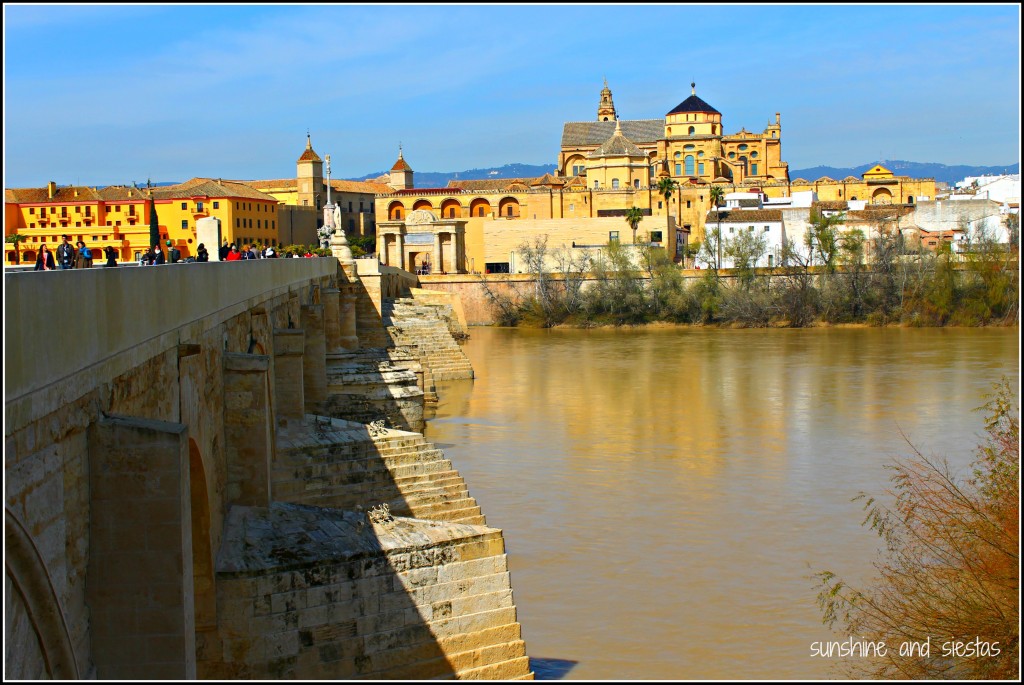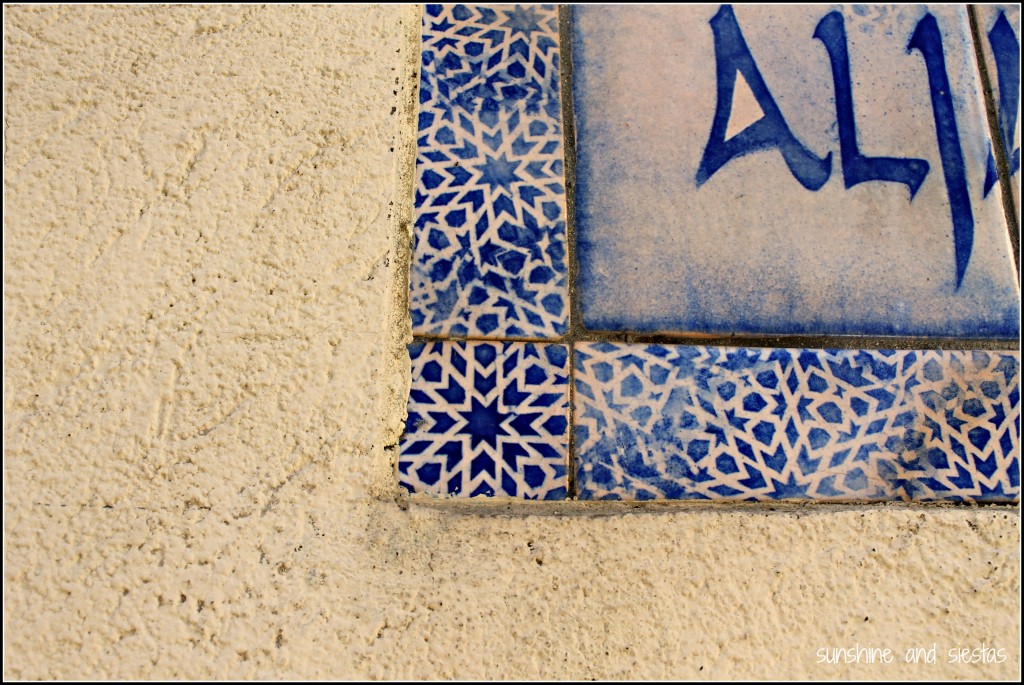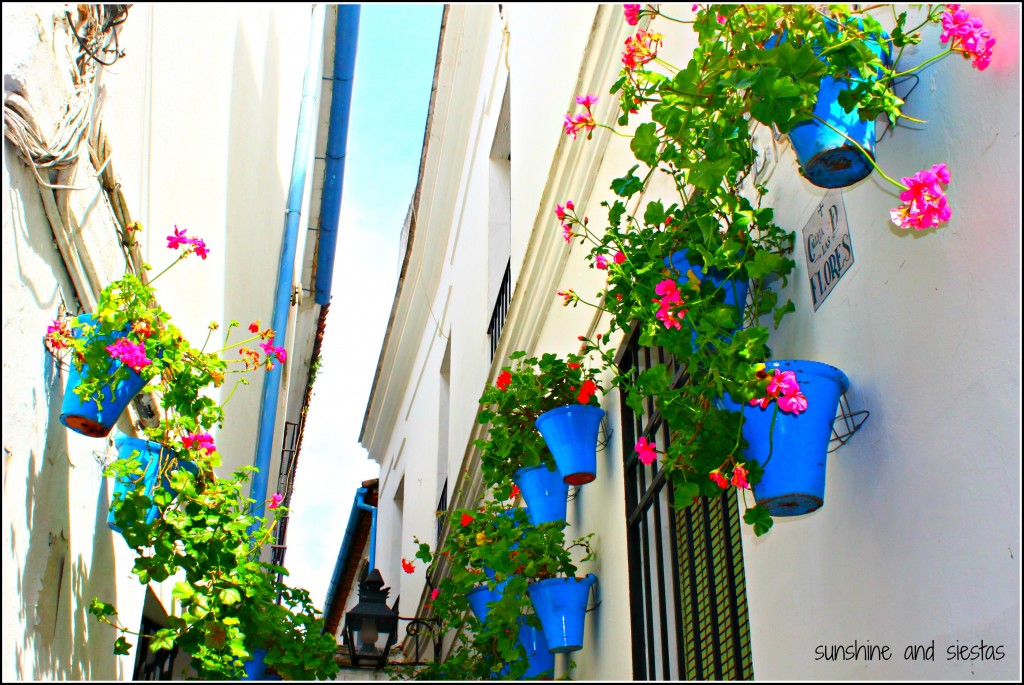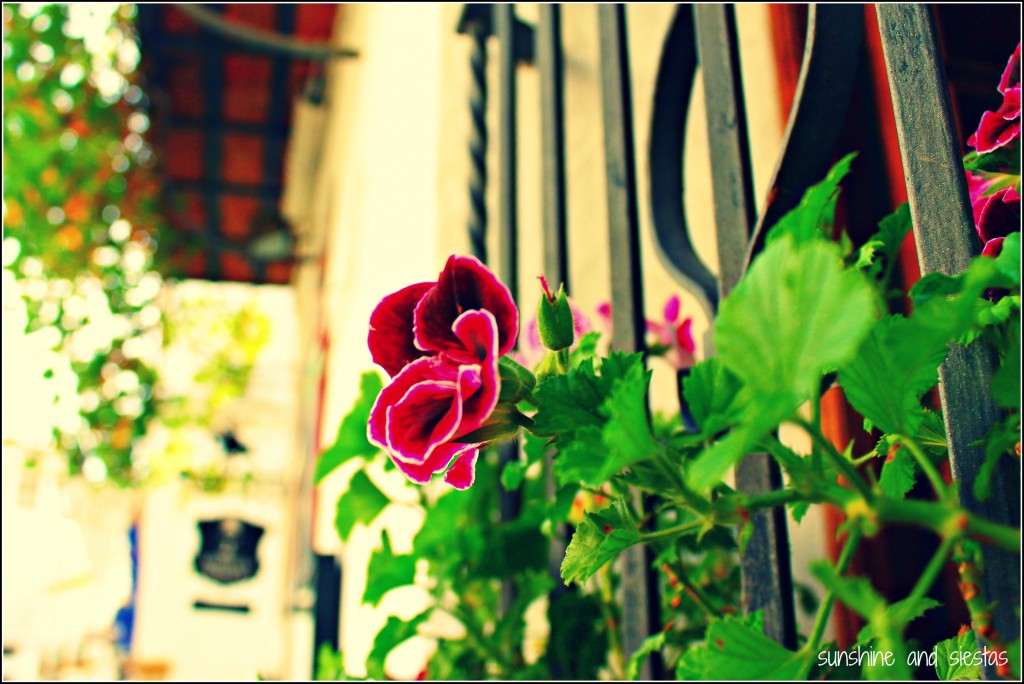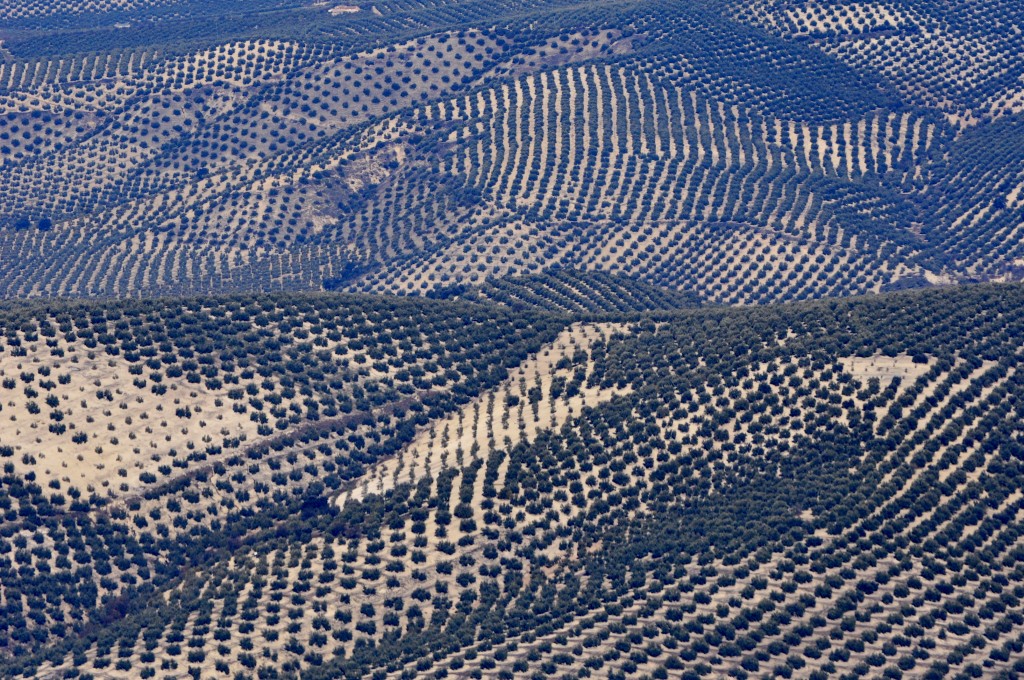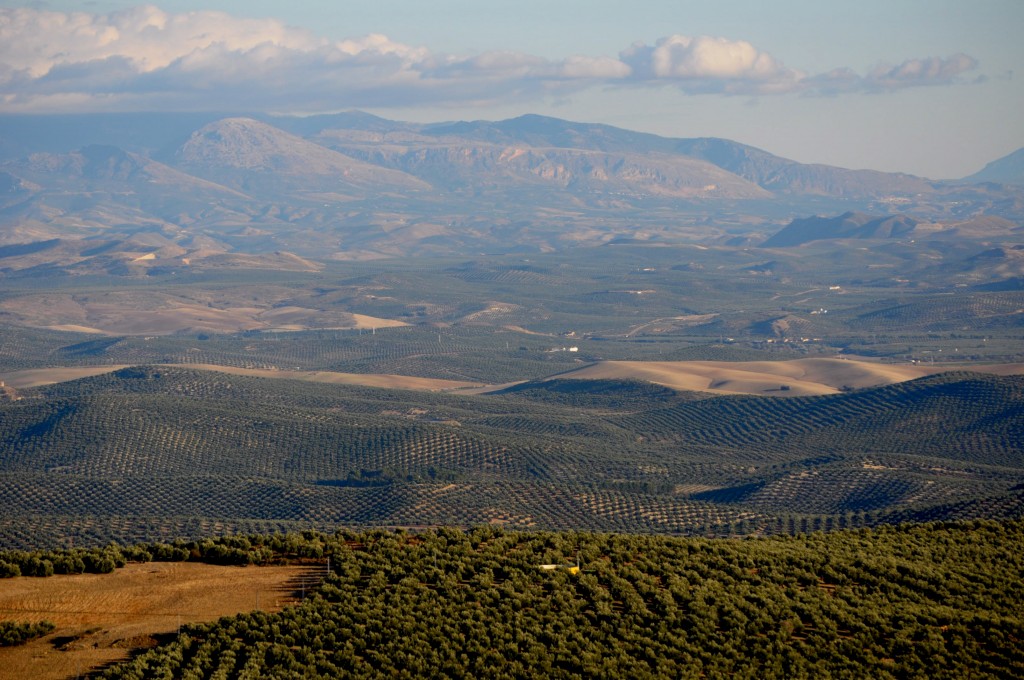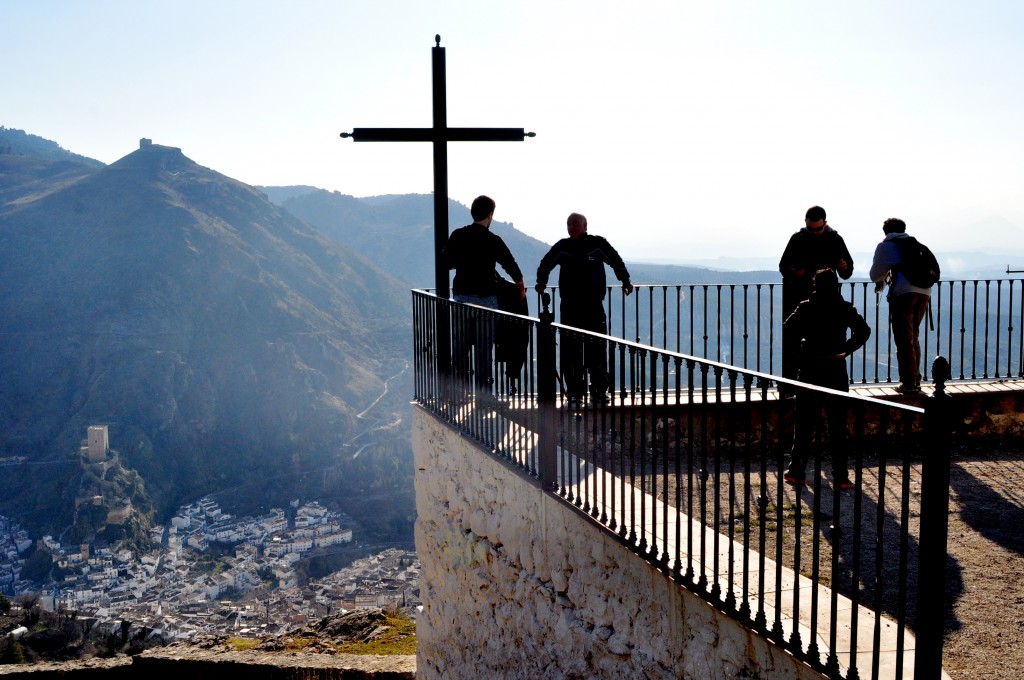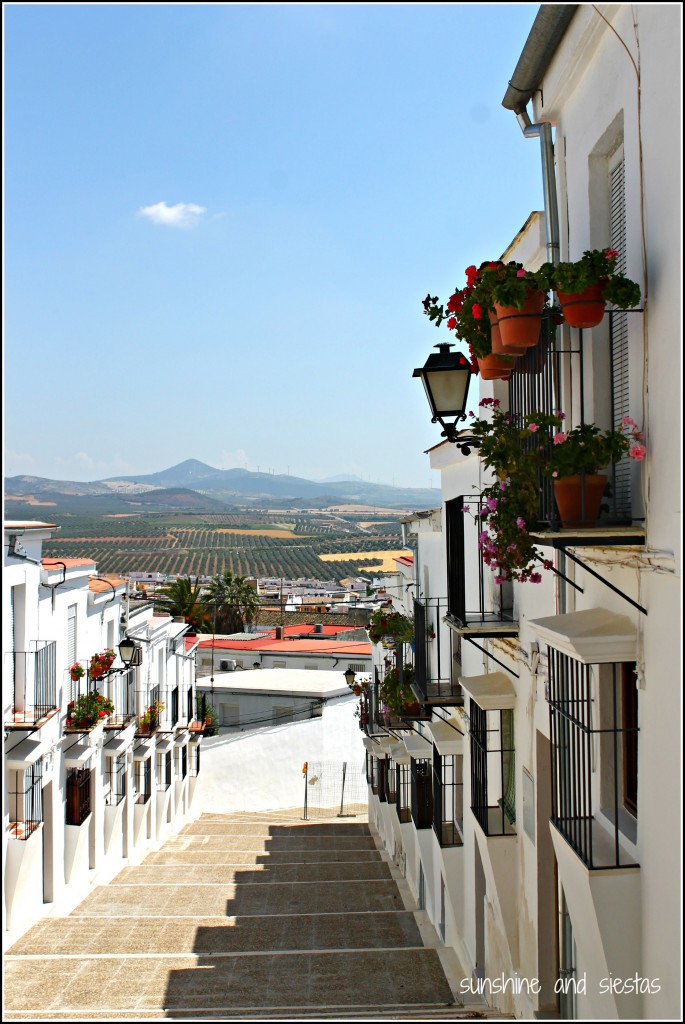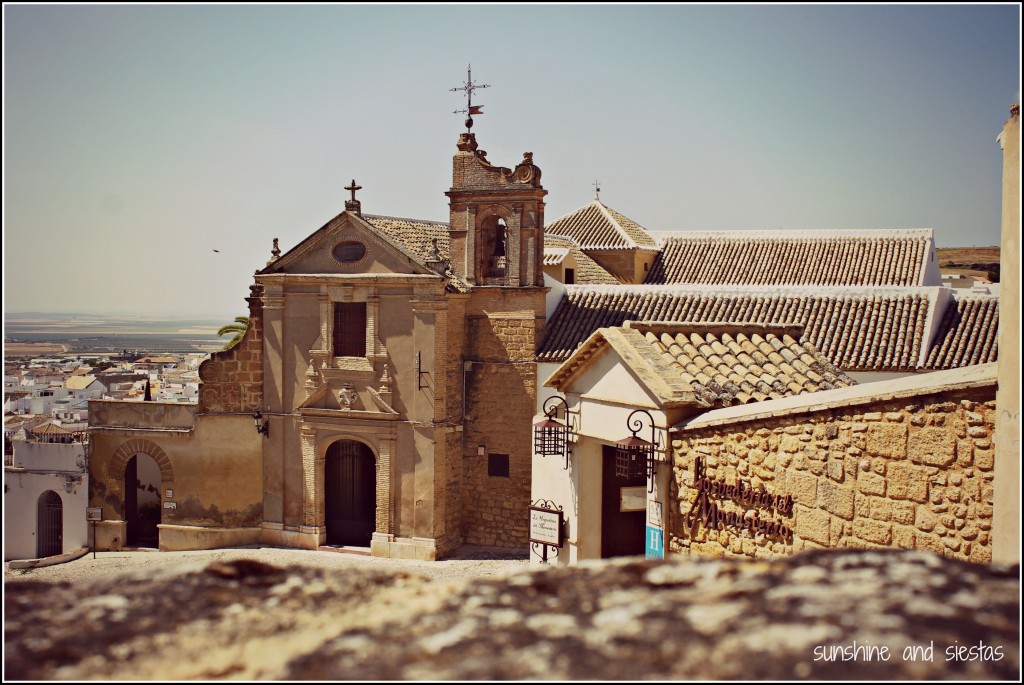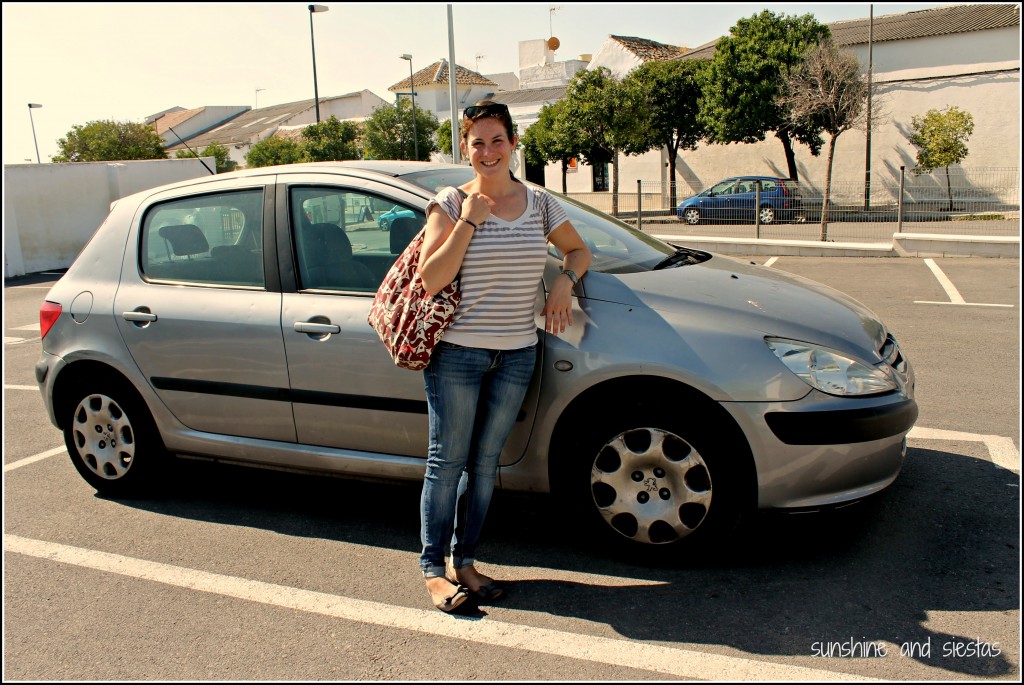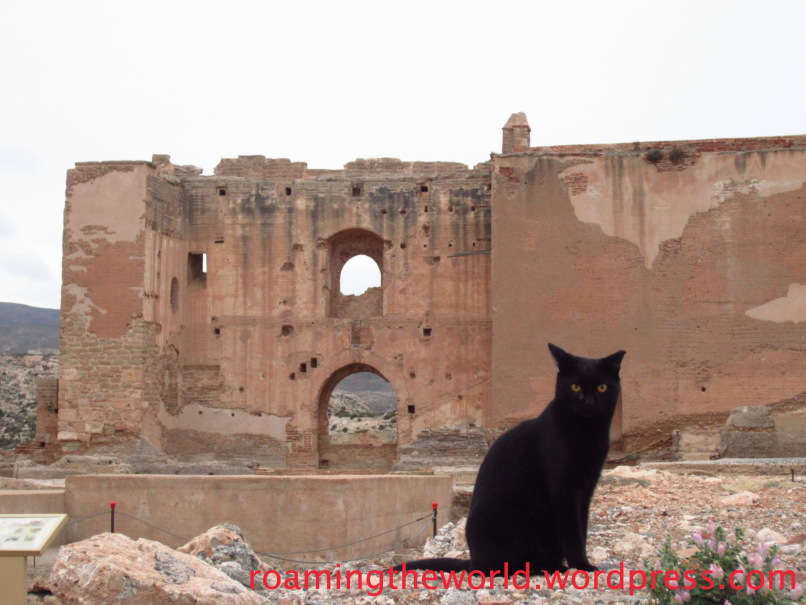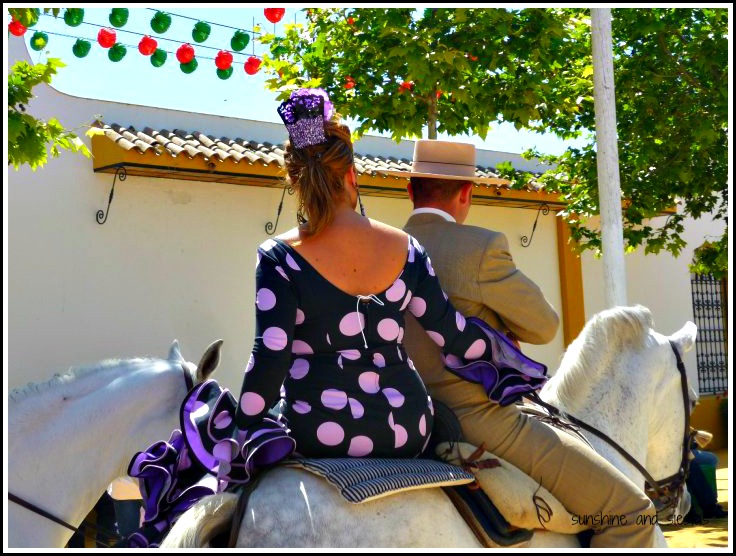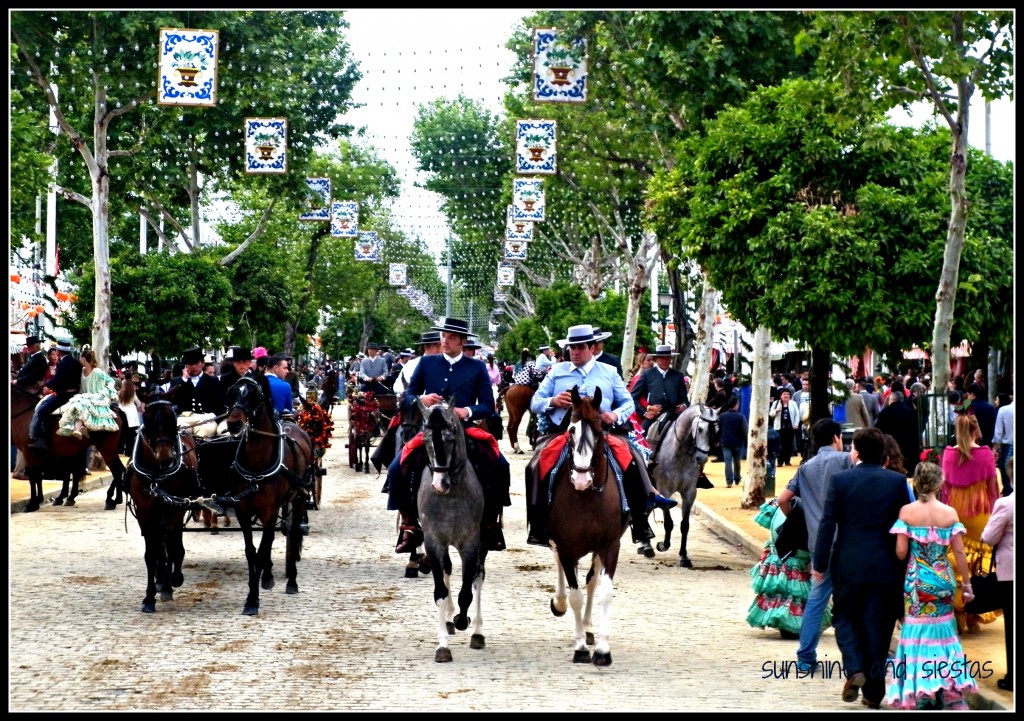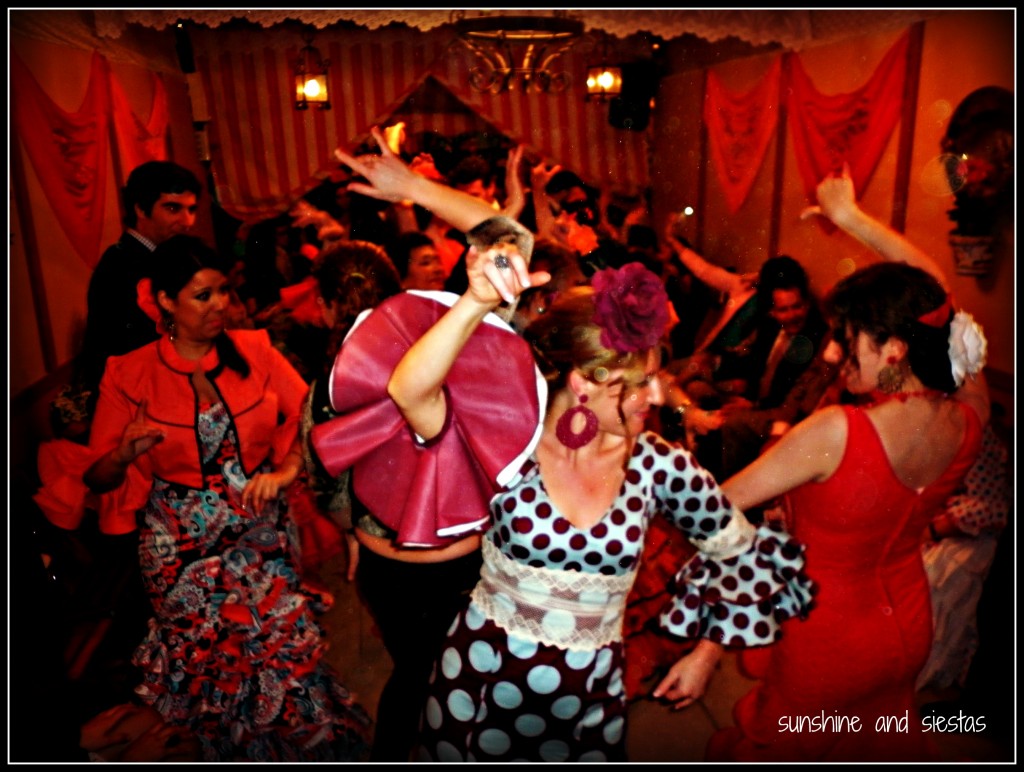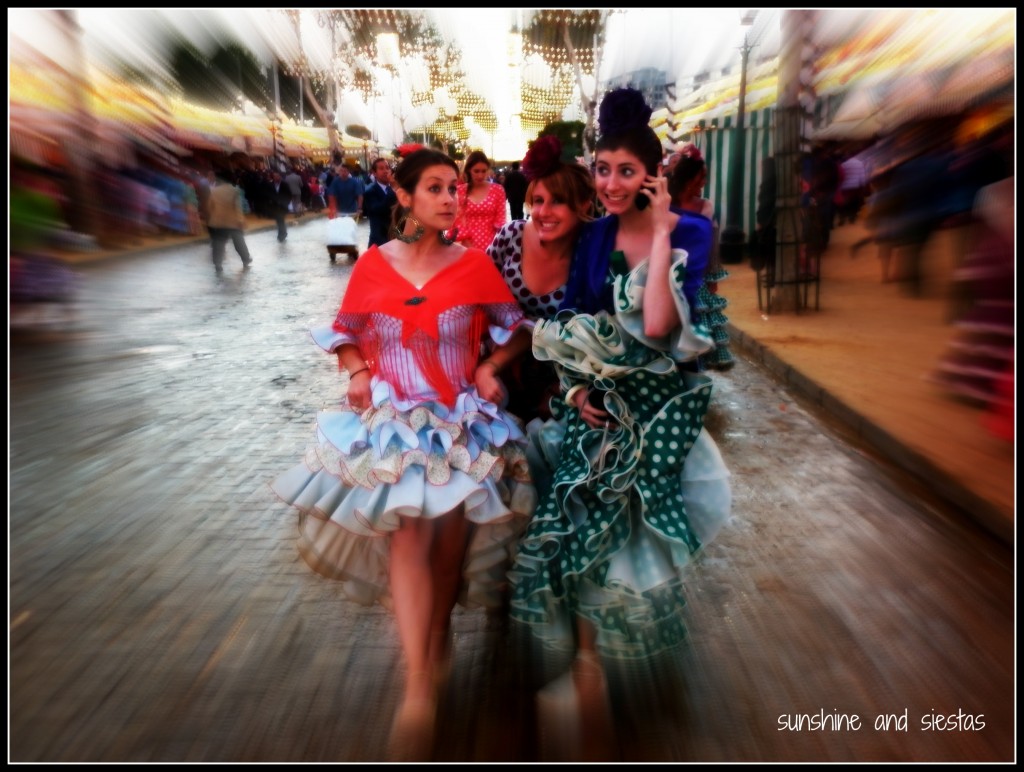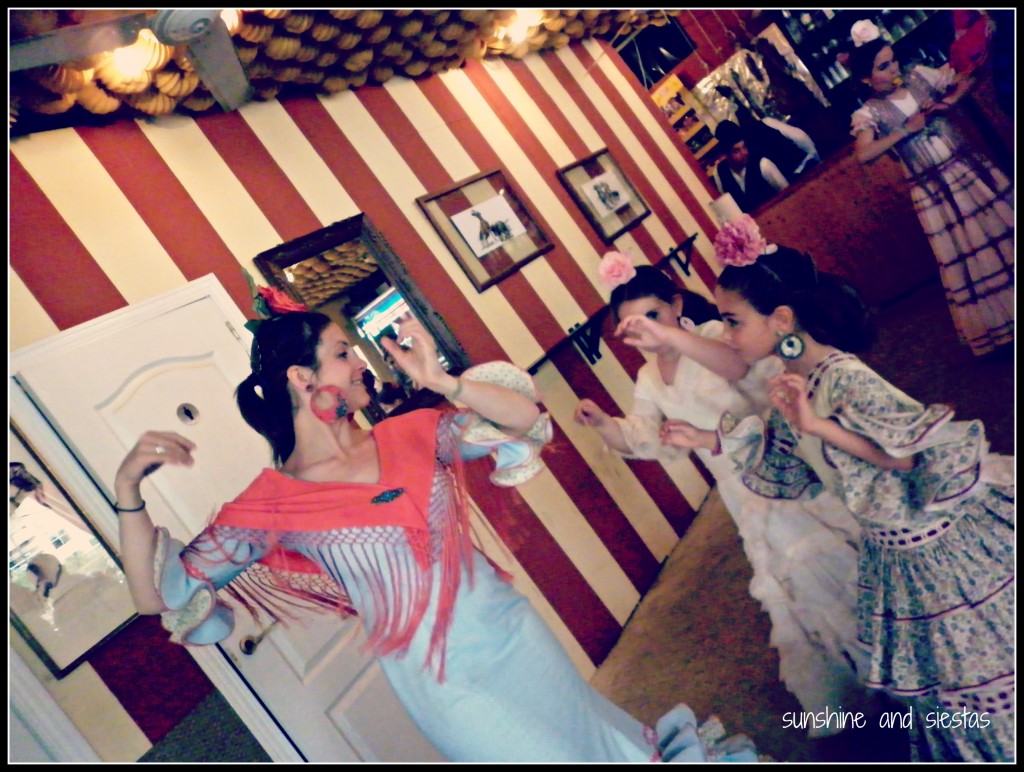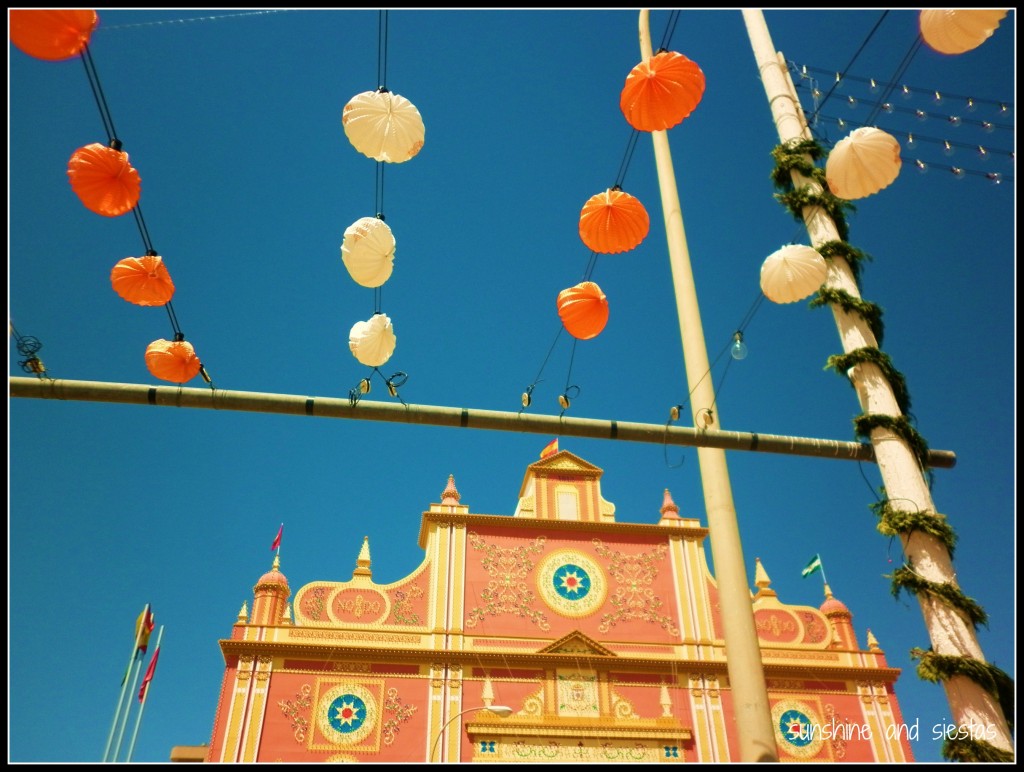Andalusia, Spain’s southernmost region, is synonymous with many things: flamenco, sun and sand tourism and bullfighting. It’s also the breeding grounds for the Andalusian horse, a strong and powerful race favored by Moorish kings and thought to have evolved from the Portuguese breed. It’s common to see horses in Southern Spain used for sport – rejoneos, hunting and plain old riding – as well for work.
When my mother came to visit in June, she had one thing on the brain (and the tongue, as it’s the only word she could say in Spanish): caballos.
I took my pony-loving parent on a tour of Andalusia’s most famous horse sites, including a visit to the Novio’s farm, which is recognized as an ANCEE Andalusian breed farm.
Horse crazy? Andalucía is a great destination if your brain is more focused on the equine world than tapas.
Jerez de la Frontera
The largest city in the Cádiz province, Jerez is famous for its dry sherries and horse breeding farms, called yeguadas. Jerez is just less than an hour away from Seville by car and makes a great day trip, as you can hit all of its sites and catch a show at the world-famous Andalusian horse training grounds.
Real Escuela Ecuestre de Jerez
Andalusian horses are world-famous for their agility, and the Royal Andalusian School of Equestrian Art is home to the show, ‘How the Andalusian Horses Dance.’ I took my mother to this 90-minute spectacle, similar to the Lipizzaners in Vienna, and I was mesmerized by their abilities to jump, side step and control their stops. Even at its steep price, sitting in the front row was worth it.
If you happen to be in town on a no-show day, you are still able to walk the grounds, watch the practice, and visiting the museums on-site. From the center, it’s a 10-minute walk to the compound. Shows are held on Tuesdays, Thursdays, and select Saturdays at noon. For more info: http://www.realescuela.org/ing/home.htm
Feria del Caballo
Jerez’s version of the Feria is just as brightly colored and fun as Seville’s, just not as pretentious – all the tents are free to enter, you won’t get run over by a horse carriage because the streets are wider and there’s even Mexican food and hard rock tents. What’s more, it’s a living horse show, and the Andalusia giant is put on display. There are workshops, shows, contests and carriage parades all week-long. The fair typically falls in May, about a month after Seville’s annual Feria de Abril. 2014’s dates are May 11th to 18th.
Sevilla
Seville resonates with the clip-clop of hooves in the city center. Horses are everywhere in the bustling Andalusian capital, used mainly for horse carriages, mounted policemen and in bullfights. The annual Feria de Sevilla is full of carriage exhibitions and parades, but this horse-friendly city offers more.
Museo de Carruajes
This small museum right off of Plaza de Cuba opened 15 years ago to house intricate horse carriages in an old nunnery. While the space is used primarily for events and weddings, the exhibitions can be visited for free on Tuesdays. The foundation also puts on the horse carriage parade in the bull ring during the Sunday prior to the Alumbrado of the Feria. (You can visit Monday-Friday from 9:00 – 14:00 and in the afternoons from 17:00 – 19:30 for 3,60€)
Horse Carriage ride
Horse carriages are one of the city’s most romantic rides – it’s impossible to drive near the city center or María Luisa park without giving yield to one of the open-top buggies. While I’ve never done it, you can hire a driver near the cathedral or park and take in the sights, regardless of the weather. A 45-minute trip will run you about 40€, plus a tip for the driver. There is an official rate for the city, displayed on signs near the official pick-up points, so be sure to negotiate the price with the driver.
SICAB
The Salon International del Caballo is an annual horse show and fair held in Seville, typically in November, and considered one of he city’s biggest tourist draws. You’ll find breeders and designers with booths in the Palacio de Congresos dedicated to the Pura Raza Española, and the equestrian championship is also held during the event. Thoroughbreds are displayed in an exhibition hall for purchase – almost like a throwback to the origins of the Feria.
The Novio’s family gets free tickets each year for being an ANCEE-approved farm, but I usually just go in the hopes that I’ll see the Duquesa de Alba. (This year’s even will be held the 3-8th of December).
Doñana/Huelva
Not everyone adds Huelva to their list of musts while in Andalucia (even though you should!), but there are horse-friendly things to do in the province wedged between Sevilla and Portugal.
Saca de las Yeguas
I would have loved to take my mother to the annual Saca a las Yeguas, when the wild horses in The Doñana swamps are rounded up, blessed in front of the majestic chapel at El Rocío, and then driven to nearby Almonte to be sold. For the last 500 years, this festival has been held on June 26th to commemorate Saint Peter. During the five days that follow, the horses are trained, shown off and sometimes bought, with special attention towards the foals. Almonte is only an hour away from Seville and reachable by Damas bus or car.
Rutas Ecuestres in Doñana National Park
It’s also common to see trail groups riding between the pine trees and over the sand dunes of Doñana, a wildlife reserve in the southeast corner of the province. My mom and I got a groupon for Rutas Ecuestres Mazagón for a 90 minute ride, which included a bit on horse care and the topography of Doñana. Getting back in the saddle again after so many years was fun, though I think my mother was bored out of her mind! For more: http://rutasecuestresmazagon.com
Are you a horse lover? What are your favorite equine events or activities in Spain?
